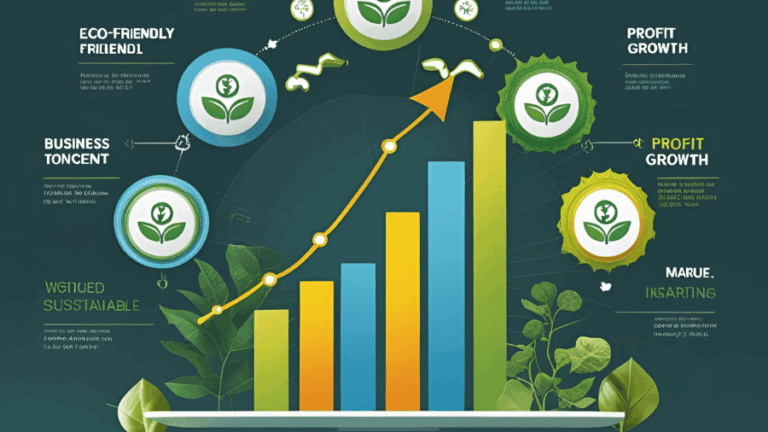Mental Health in the Workplace: A Strategic Business Priority in 2025

In 2025, mental health in the workplace has emerged as a critical business priority. Organizations recognize that employee well-being directly impacts productivity, engagement, and overall company success. With rising awareness about mental health issues and the lingering effects of the global pandemic, businesses are investing more than ever in strategies to support psychological wellness and reduce stigma.
The modern workplace faces challenges such as burnout, stress, and anxiety that can affect employees across all levels. Addressing these issues proactively helps create a healthier work environment and lowers costs associated with absenteeism and turnover. Companies adopting comprehensive mental health programs see improved morale, collaboration, and innovation.
One of the key elements in promoting mental health is creating an open and supportive culture. Leaders play a crucial role by openly discussing mental health topics and encouraging employees to seek help without fear of judgment. Training managers to recognize signs of distress and respond empathetically builds trust and ensures timely support.
Employee Assistance Programs (EAPs) have become a standard offering, providing confidential counseling services, mental health resources, and crisis intervention. Additionally, many companies offer access to digital mental health platforms that include meditation guides, cognitive behavioral therapy apps, and stress management tools, making support more accessible.
Flexible work arrangements also contribute to mental wellness by allowing employees to balance work demands with personal needs. Remote work, flexible hours, and mental health days are increasingly recognized as vital components of a supportive workplace.
Physical workspace design can influence mental health too. Organizations are investing in calming environments with natural light, quiet zones, and spaces for relaxation or mindfulness practices. These features help reduce stress and improve focus during the workday.
Measurement and evaluation of mental health initiatives are important for continuous improvement. Surveys, feedback sessions, and data analytics help companies understand employee needs and the effectiveness of their programs. Transparent communication of these findings fosters accountability and engagement.
Businesses that prioritize mental health gain a competitive advantage in attracting and retaining top talent. Prospective employees increasingly seek employers who demonstrate genuine care for their workforce’s well-being. Moreover, investing in mental health supports diversity and inclusion by addressing unique challenges faced by different employee groups.
Despite progress, stigma and misconceptions around mental health persist in some workplaces. Ongoing education and awareness campaigns are essential to challenge stereotypes and encourage a culture of acceptance and support.
For companies looking to enhance their mental health strategies, partnerships with mental health organizations, training providers, and healthcare professionals offer valuable resources and expertise. Sharing best practices within industry networks can accelerate positive change.
Employees themselves are empowered to take charge of their mental health by utilizing available resources, setting boundaries, and practicing self-care. Open dialogue with managers and peers also strengthens community and resilience.
For further reading, explore World Health Organization’s Mental Health in the Workplace guidelines and Mental Health America’s workplace resources.
In summary, mental health in the workplace is a strategic imperative for businesses in 2025. By fostering supportive cultures, providing accessible resources, and addressing stigma, organizations can enhance employee well-being and drive sustainable success. Embracing mental health as a business priority benefits individuals, teams, and the overall organizational health.


